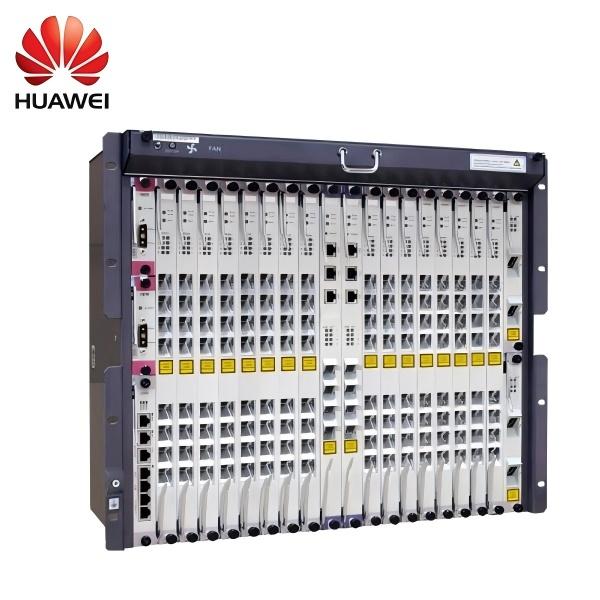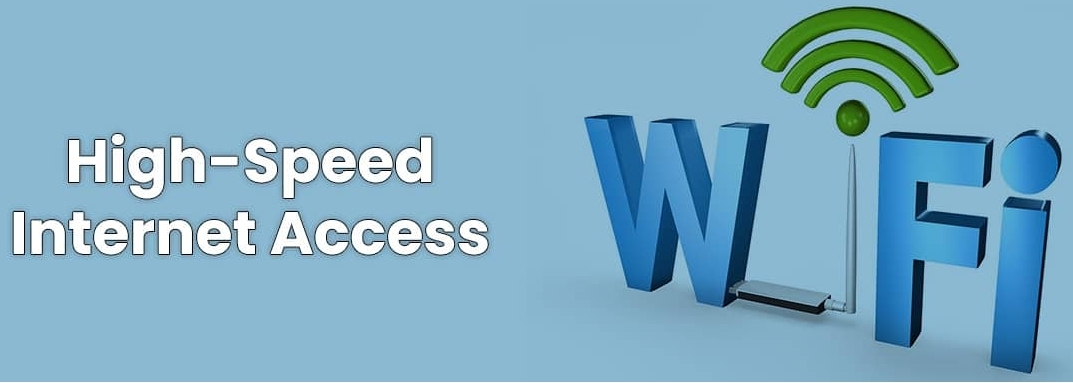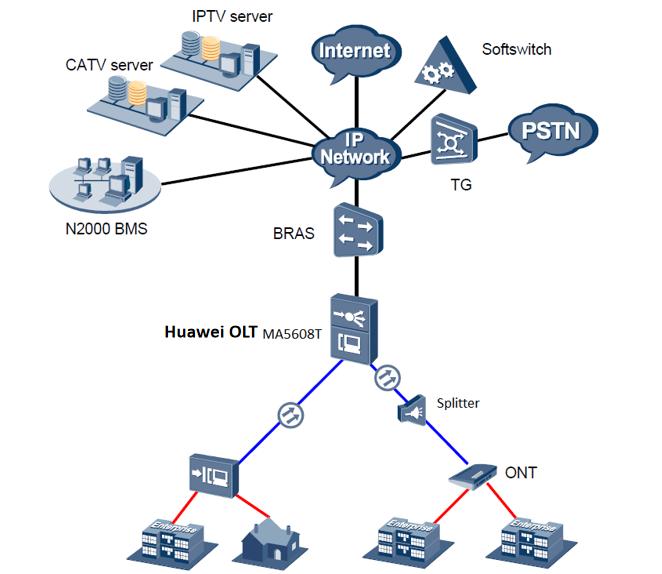In today’s fast-paced digital world, the demand for high-speed internet connectivity has never been greater. From streaming services and gaming to cloud computing and IoT, consumers and businesses alike are increasingly relying on ultra-fast and reliable broadband. At the heart of delivering this connectivity lies the Optical Line Terminal (OLT), a critical component in modern fiber-optic networks. Huawei, a global leader in telecommunications, has made significant strides in the development of OLTs, offering a range of solutions that power the next-generation fiber infrastructure.
In this blog post, we’ll take a closer look at Huawei OLTs—their key features, their role in modern fiber networks, and the benefits they bring to service providers and end users alike.

Before diving into the specifics of Huawei’s OLT solutions, let’s quickly define what an Optical Line Terminal is.
An optical line terminal OLT is a optical network terminal device located at the service provider’s central office that connects the fiber-optic backbone of the network to end users via a Passive Optical Network (PON). It serves as the main interface between the operator’s core network and the customer’s premises, handling tasks such as data transmission, traffic management, and network monitoring. The OLT is a key component in the delivery of services like broadband, voice, and video over fiber-optic connections.
Key Features of Huawei OLTs
Huawei has developed a range of optical line terminal OLT to meet the needs of modern telecom operators. Here are some of the standout features that make Huawei OLTs highly effective in today’s fiber-optic landscape:
1. Scalability
One of the most important features of Huawei OLTs is their scalability. As demand for high-speed broadband increases, telecom providers need equipment that can grow alongside the network. Huawei OLTs are designed with scalability in mind, allowing providers to add capacity as needed. Whether it’s expanding bandwidth for existing subscribers or supporting a growing number of connections, Huawei OLTs make network expansion seamless without the need for extensive hardware upgrades.
2. High-Speed Data Transmission
Huawei optical line terminal OLT are built to handle the high data throughput necessary for modern applications. Using Gigabit Passive Optical Network (GPON) or Passive Optical Network(10G-PON) technology, Huawei OLTs support fast internet speeds that can reach up to 10 Gbps, ensuring that users enjoy uninterrupted high-speed connectivity. These GPON and XG-PON OLTs also enable service providers to deliver Fiber-to-the-Home (FTTH) services, providing users with ultra-fast internet access directly to their homes.

3. Advanced Traffic Management
With the increasing number of optical network terminal devices and applications relying on high-speed internet, managing network traffic effectively is essential. Huawei OLTs come equipped with advanced traffic management features that help prioritize traffic, allocate bandwidth dynamically, and ensure efficient data delivery. This helps minimize network congestion, reduce latency, and guarantee a better user experience—especially in areas with high demand.
4. Enhanced Network Security
Security is a top concern for telecom operators, and Huawei OLTs address this with built-in security features. From data encryption to access control and network authentication, these optical line terminal OLTs ensure that both service providers and customers are protected against unauthorized access and data breaches. Additionally, Huawei OLTs are designed with fault tolerance and network redundancy, minimizing the impact of potential failures and ensuring uninterrupted service.

5. Energy Efficiency
As networks scale, energy consumption becomes a critical factor. Huawei has invested heavily in making its OLT solutions energy-efficient without compromising on performance. With features like smart power management and optimized hardware design, Huawei OLTs help service providers reduce operational costs while supporting sustainability initiatives.
6. Easy Deployment and Management
Huawei OLTs are designed for easy deployment and management. The user-friendly interface, comprehensive remote monitoring capabilities, and integration with Huawei’s management platforms make it easy for network operators to deploy, configure, and manage their optical networks. This reduces the complexity of network management and lowers the cost of maintenance, making it a cost-effective solution for operators of all sizes.
Popular Model of Huawei GPON OLT MA5608T and MA5800X2 Difference
Benefits of Huawei OLTs for Modern Fiber Networks
The advantages of Huawei’s optical line terminal OLT solutions extend beyond their technical features. Let’s look at some of the key benefits they bring to modern fiber networks:
1. Future-Proof Network Infrastructure
With the ongoing demand for faster internet speeds and higher capacity, it’s essential for network infrastructure to be future-proof. Huawei OLTs are designed to support the transition to next-generation technologies, including 5G backhaul and the evolution of GPON to XG-PON or NG-PON(NG-Passive Optical Network). This ensures that service providers are prepared for future demands without the need for frequent equipment upgrades.
2. Cost-Effective Connectivity
Huawei OLTs are optimized for cost-effective deployment, reducing both initial investment costs and long-term operating expenses. Their energy-efficient design lowers power consumption, while their scalability means service providers can expand the network incrementally as customer demand grows, rather than investing heavily in large-scale upgrades.
3. Improved Customer Experience
By enabling high-speed fiber-optic broadband, Huawei OLTs deliver an improved experience for end users. Faster speeds and lower latency lead to better performance for applications like video streaming, online gaming, and cloud services. Additionally, with advanced traffic management, users can expect a stable and reliable connection, even during peak usage times.
4. Reliable and Robust Network
Huawei OLTs are built for high availability, with redundancy and fault-tolerant features designed to keep the network running smoothly even in the event of hardware failures. This ensures that users experience minimal downtime and consistent performance. Huawei’s commitment to network resilience also includes robust monitoring and management capabilities, enabling proactive issue resolution.
5. Support for Smart Cities and IoT
Huawei OLTs are integral to enabling the infrastructure required for smart cities and the Internet of Things (IoT). As cities become smarter and more connected, the need for robust, high-speed fiber networks becomes paramount. Huawei GPON and XG-PON OLTs provide the foundation for connecting IoT optical network terminal device, supporting smart grids, smart traffic management, and other innovative urban solutions.
Conclusion
As the world transitions towards more connected, high-speed, and data-intensive applications, the role of Optical Line Terminals (OLTs) in fiber-optic networks has never been more critical. Huawei’s OLT solutions stand out in the market, offering unparalleled scalability, high-speed performance, robust security, and ease of management—all while supporting the ongoing evolution of broadband technology.
By investing in Huawei OLTs, telecom providers can future-proof their networks, offer superior customer experiences, and support the growing demands of the digital age. Whether you are deploying a small-scale FTTH network or planning to expand a nationwide fiber infrastructure, Huawei’s OLTs provide the ideal foundation for building a fast, reliable, and secure fiber-optic network.